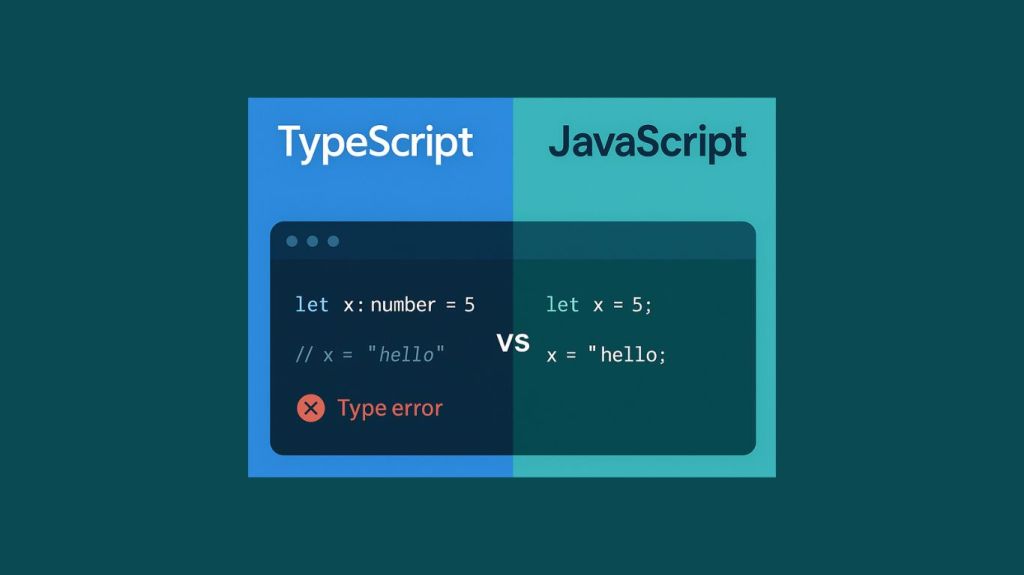In the recruiting world, hiring tech talent has become a number one priority for recruiting leaders and also one of their biggest challenges. Hiring development talent – real talent – is a wide-ranging skill that lies at the crossroads of social networking, technical acumen, and intuition. Anyone who has ever had the onus of hiring developers understands all too well the extent and depth of the hiring challenge. Because hiring developers is challenging, how do you attract top developers who are so highly sought after? The truth is, there’s no one button you can press. Instead, you need a full-funnel strategy to bring in that elusive tech talent to your organization.
Ways to Hire Developers
Hiring in-house developers or outsourcing to a development company is a common dilemma faced by many companies looking to build software products. When gathering a list of candidates, forward-looking tech leaders can look within or outside their company. Understandably, there are nuances to all sources of recruitment. Let’s take a closer look at three.
1) In-House Recruiting
In-house recruiting is a business practice where companies opt to recruit ideal candidates on their own. This may include internal and external hiring. Businesses that hire independently usually have a dedicated team of recruiters on their payroll. The main benefit of this model is that hiring a programmer in-house significantly contributes to a company’s culture, workflow, and ethics. However, having more staff on board also increases management workload and overhead. This practice can be challenging and may bring legal technicalities and hefty hiring costs.
There are several options to choose from when deciding how to look for, screen, and select candidates. Options include:
- Hire an in-house recruiter as an employee of the company responsible for managing the recruiting and hiring efforts. In-house recruiters use input from managers and company stakeholders to source, screen, and communicate with candidates.
- Use an applicant tracking system (ATS) to automate your hiring and onboarding processes through better sourcing, streamlined workflows, and customizable functionality (e.g., career sites, job board posting, candidate communications, etc.).
- Leverage Linkedin to post jobs, source talent, and build the company brand with LinkedIn Talent Solutions. LinkedIn Talent Hub is a new online ATS that lets you source, manage and hire all in one place. Talent Hub provides insights throughout the hiring process so you can make better talent decisions.
- Get involved in developer communities to find a developer or someone who can recommend them to you. It’s helpful to look at prospects’ profiles and arrange an interview with those who pass your initial screening. Great developer communities include StackOverflow, GitHub, Hashnode, CodeProject, and Dzone.
2) Outsource to a Recruiting Agency
Over the last few years, a growing number of companies have turned to recruiting agencies. This recruitment option allows business owners to hire developers with fewer administrative burdens. Typically, a company hands over all or part of its permanent recruitment to an external provider that takes over the hiring process. Once you’ve decided to use a search firm, the next important choice is whether you go the route of retained or contingency search? The answer is unequivocal: It depends.
Contingency search is generally used for staff-level positions and lower-level management roles (i.e., below Director). It’s common for companies to work with multiple contingent search firms, each of which will submit several candidate resumes for consideration in an attempt to fill the position as quickly as possible. As its name suggests, contingent search firms only receive compensation upon the successful placement/hire of a candidate, and most offer a limited replacement guarantee anywhere from 30 days to six months. Additionally, these firms tend to charge a lesser fee than the retained search model.
Retained search, in most cases, is utilized for more senior-level positions (Director to C-Level). The more vital the position, the more you should gravitate toward a retained search. In this higher-end service, companies work exclusively with one retained search firm on an exclusive basis. Retained search firms target only “passive” prospective candidates or those not actively looking for a new employment opportunity. Retained recruiters also perform a more in-depth vetting of the candidate’s qualifications and skill set to gauge how an individual would fit within an organization and/or a specific team. This ensures that the 3-5 qualified candidates presented for consideration meet — and sometimes exceed — the position’s requirements.
Recruitment Proces Outsourcing (RPO) is a form of business outsourcing where an employer shifts all or a portion of its recruitment processes to a recruitment agency. The agency assumes ownership of the design and management of the recruitment process and the results. An RPO partner offers dedicated recruitment teams who can focus on critical recruitment pain points, including:
- Decreasing premium labor
- Finding the right culture fit
- Increasing employee retention
Let Our Expertise Guide Your Staffing.
3) Leverage Contractors in Your Workforce
Contracted team members can offer many advantages, and it’s not in name alone that they differ from permanent employees. Contractors are a practical solution for employers looking to navigate periods of transition successfully or take a business in a new direction. It might be a big project that will require an extra pair of hands, or maybe a key team member has gone on maternity or paternity leave. In addition to filling short-term gaps, hiring a contracted workforce is also a common strategy utilized by tech startups and enterprise organizations to complement their existing in-house teams and increase their hiring speed.
Staff augmentation is an HR outsourcing strategy that enables a company to add staff to its team based on the skills required for a project to augment the organization’s staff short-term or medium-term. IT staff augmentation is a remote hiring model allowing a company to build a team of skilled IT professionals (e. g. software developers, web developers, software testers, etc.) to perform particular tasks and fill staffing gaps on projects in compliance with the current business objectives. In this case, staff augmentation services are maintained by an IT partner, who provides official employment, HR, insurance, and takes care of taxes for the remote staff.
Contract to hire jobs are short-term contractual roles that let both the employee and the employer test the waters before committing to full-time employment. The flexibility they provide has benefits for many job seekers. A company may hire contract-to-hire employees when they aren’t capable of hiring full-time employees but need help to grow a small business that’s just launching or regrowing a business after a period of economic hardship. Businesses may also use contract-to-hire positions to ensure they have the right person in the right job.
Outsourced development teams on retainer allow businesses to tap into a group of skilled and experienced resources instantly. These teams are dedicated to working on a company’s projects as an extension of its current staff and can assimilate quickly. IT retainer teams execute immediate ROI by significantly decreasing ramp-up time. Utilizing these teams not only eliminates turnover risk, but they are also a rapid and cost-effective way to build software products.
Today, most companies are opting for a blend of all three options discussed above. They are building their own recruiting operations to hire FTEs. They leverage outside recruitment firms to help their in-house recruiters expand the talent pool. And, they are also leveraging agencies and consulting firms to bring in contractors for special projects that need a quick ramp up and ramp down period and to blend other types of talent into their organization that they normally would not have access to.









